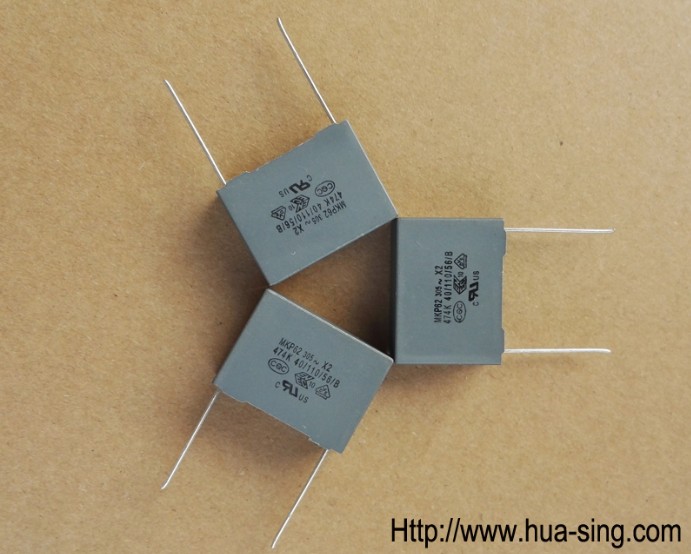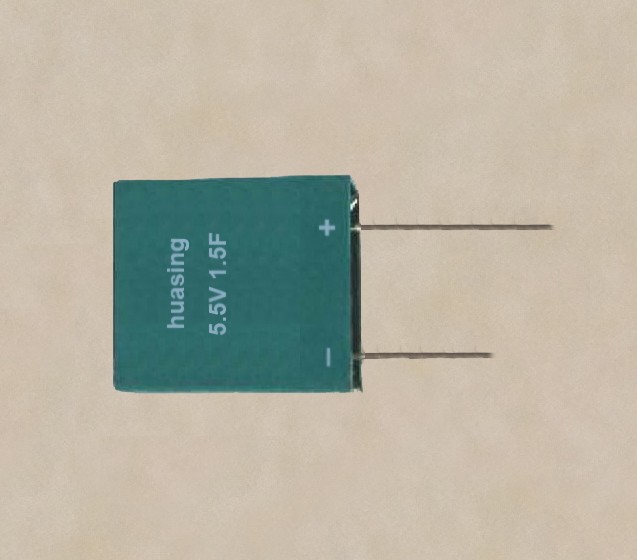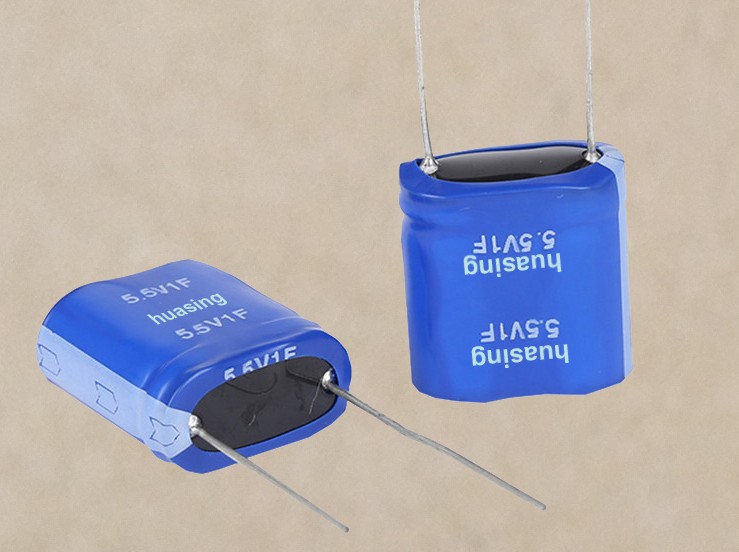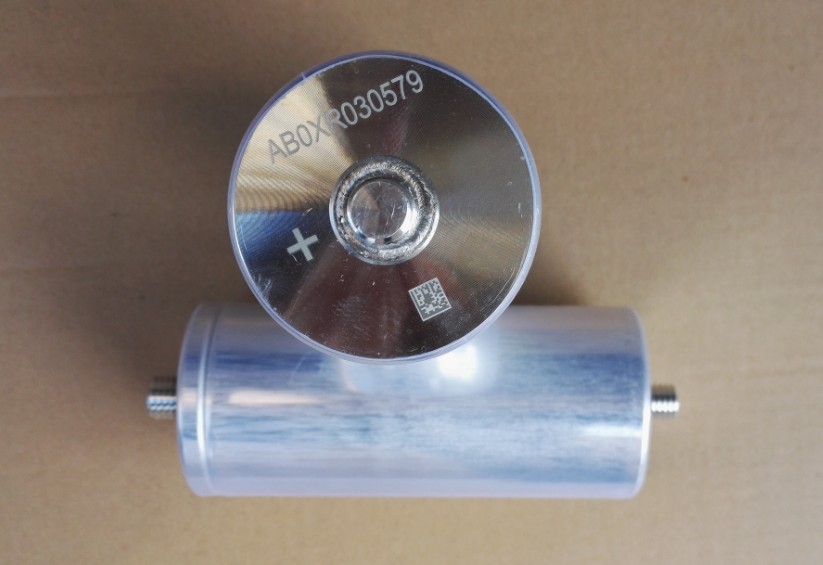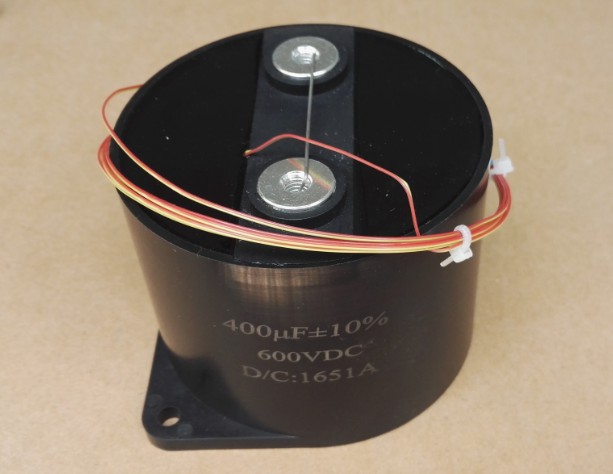Why Aluminum Polymer Capacitors Rock
For many decades the standard aluminum capacitor element consisted of an anode and cathode foil with interleaved paper; an aluminum oxide layer, formed on the anode, acted as the dielectric. This element was wound and then impregnated with a "wet" liquid or gel electrolyte, the purpose of which was the extend the achievable capacitance ranges.
While this basic construction technique still remains the most popular today, it possesses several limitations; the wet electrolyte of a conventional aluminum electrolytic capacitor exhibits high (and, in applications such as high frequency power supplies and converters, unacceptably so) ESR values; it also contributes to the limited operating life of such devices, as the chemical reaction required to sustain the integrity of the component degrades over time.
An alternative was developed in the 1980's with the introduction of an aluminum capacitor utilising a "solid" conductive polymer electrolyte. In addition to significantly lower ESR ratings (and therefore higher ripple current ratings), these aluminum polymer capacitors also exhibit better temperature stability, longer service life and improved failure modes, as they do not explode as their "wet" counterparts are liable to do.
The unique Capacitor Faks data hub houses the largest collection of aluminum polymer capacitor data sheets on the planet...and we deliver.

 Tel:86 0513 65085106 Fax:86 0513 81164838
Tel:86 0513 65085106 Fax:86 0513 81164838 